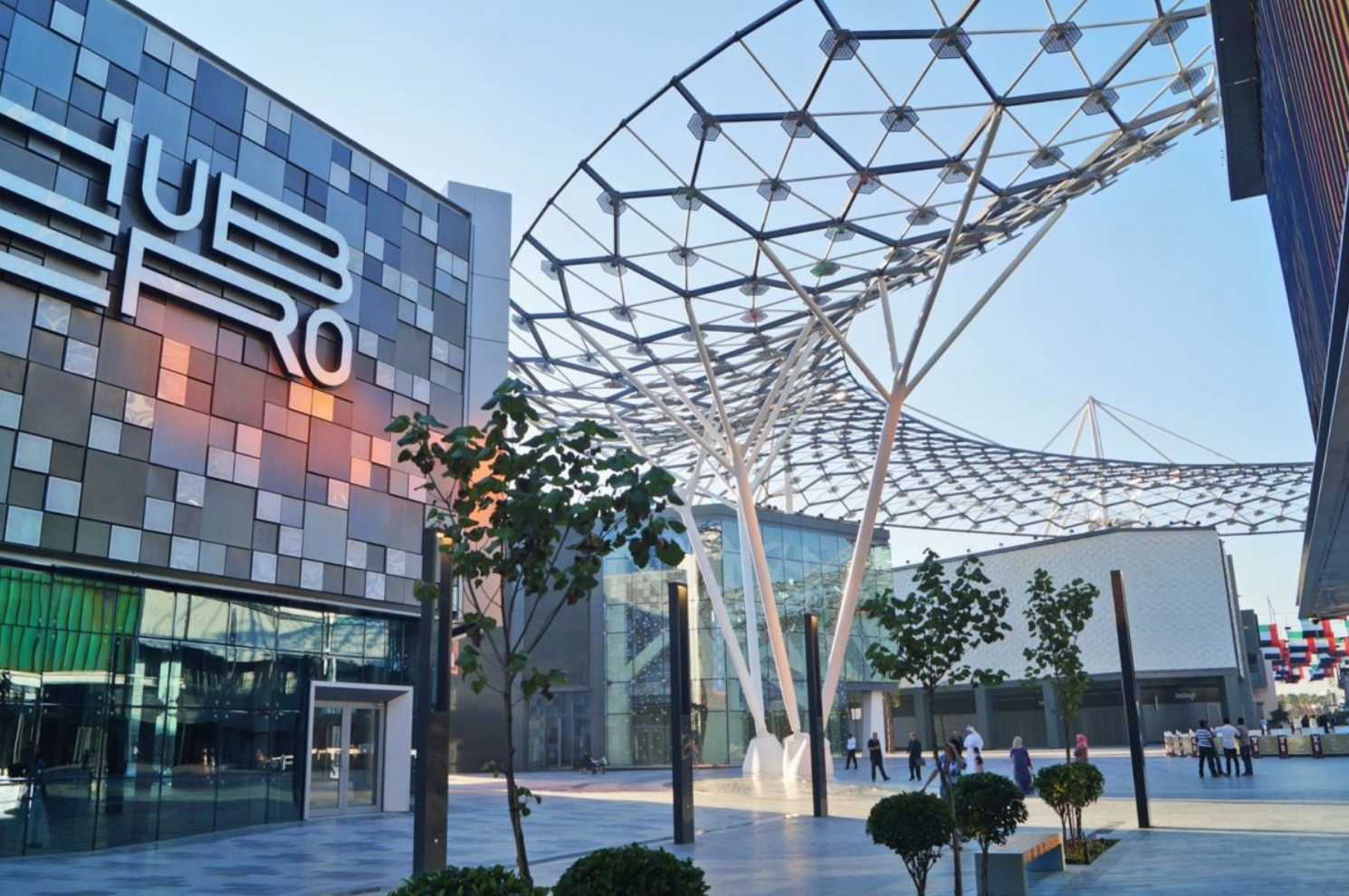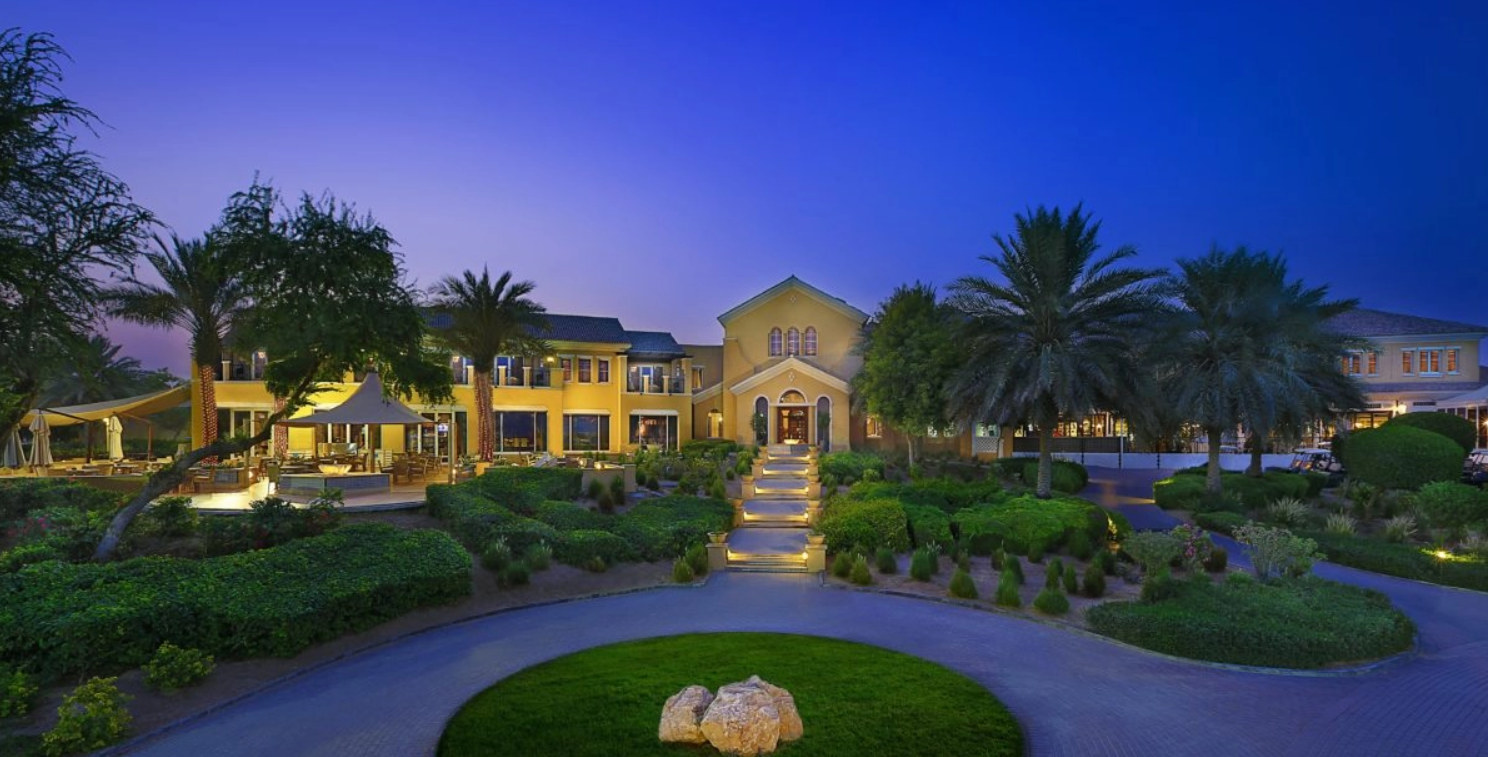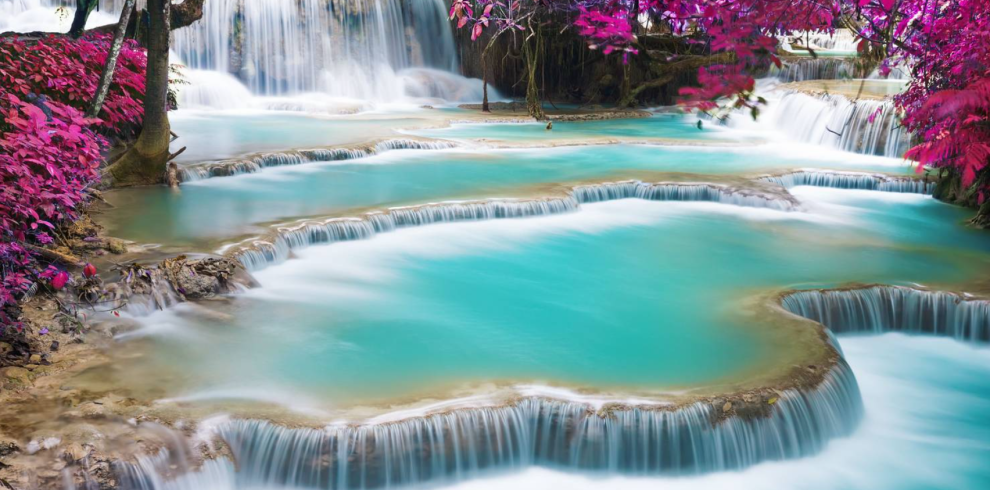Japan is timeless: its ancient temples, soaring skyscrapers, progressive technology and abundant nature from forests to idyllic beaches can keep the pickiest traveller busy. Even when you’ve conquered the spring flowers, fall colours, Geisha dances and Tokyo’s hustle, you’ll find the reason, again and again, to return to the fascinating, ever-changing Land of the Rising Sun.
The Highlights

Mount Fuji
Mt Fuji is more than just a tall mountain – it’s an active volcano and the country’s tallest peak at 3,776m. It has been a pilgrimage site for centuries, considered a sacred mountain amongst the Japanese. Easily reachable from Tokyo, many people hike to the summit to this day.
Arashiyama Bamboo Grove, Kyoto
This bamboo forest in Kyoto is open 24/7 and admission is free, making it a breathtaking destination for a traveller of any budget. It’s hard not to be impressed by the endless streams of bamboo towering around you – go early to avoid crowds and get the most out of this serene location.


Kiyomizu-dera Pagoda, Kyoto
Translated as “Pure Water”, this UNESCO World Heritage Site is a Buddhist temple where worshippers believe the Goddess of Mercy resides. Over 1,200 years old, it was built around the Otowa Waterfall, where it is said that visitors who drink from the waterfall can get their wishes granted.
Shibuya Crossing, Tokyo
One of the world’s busiest intersections with over 250,000 people using it every day, it’s no wonder this Tokyo intersection is nicknamed the “scramble”. If you want to experience the eccentricity of the capital city, the Shibuya Crossing is a good place to start.


Fushimi Inari Taisha
This shrine at the base of Mt Inari is famous for its bright vermilion torii gates forming a tunnel leading to the summit. You’ll find numerous fox statues around the site as it is said to be the messenger of the god of rice, Inari, who the mountain is named after.
Jigokudani Monkey Park
Jigokudani is home to about 200 macaques, or “snow monkeys”, which gather in the hot springs, soaking up the warmth they provide. Visitors can’t bathe with them, but the surreal scene has become a popular attraction, especially during the picturesque winter.

Contact Klub Advisor for personalised travel offers, dates, prices & payment options. Find out the latest travel requirements for your trip. Send your enquiry via the form below. If you’re club member, click on the icon in the right-hand corner and write to WhatsApp to start a discussion.
The Location
Japan is an island nation in East Asia, located in the Pacific Ocean. It consists of thousands of islands, but the largest four are Honshu, Hokkaido, Kyushu and Shikoku. Flying to Tokyo from the UK and New York takes between 11-14 hours.
Capital City
Tokyo is located on the main island of Honshu and is home to over 9 million people. It’s known for its busy streets, quirky restaurants and a mix of the ancient and modern worlds. Tokyo is also the city with the most Michelin stars in the world.
Main Airport
Tokyo has two international airports, Narita and Haneda Airports. Outside of Tokyo, the main airport is Osaka’s Kansai Airport. MAJOR: JAPAN AIRLINES AND ALL NIPPON; AIRLINES: AIRWAYS.
Language Spoken
The official language of Egypt is Arabic, with many variations of the Arabic language spoken across the country. English is widely spoken, especially in tourist hotspots.
Currency
Japan uses the Japanese yen (¥). The currency code is JPY. You can order in yen at a currency exchange prior to your trip, at the airport on arrival or withdraw money from ATMs and banks in Japan.
Visas
Australian, British, Canadian and US citizens do not need a visa when visiting Japan for stays up to 90 days. Visa information can change often and varies from country to country. We recommend checking your country’s travel advisories in advance of booking a trip.
Electricity
The Japanese voltage is 100V/50-60Hz, different from North America (120V) and Central Europe (230V). Japanese sockets and plugs are compatible with American electrical devices.
Vaccinations
While no vaccinations are compulsory for entry into Japan, talk to your doctor about whether you should get a Hepatitis A and B vaccine, and depending on the length of your trip and where you’re going, you may need a vaccine for Encephalitis or Rabies.
Emergency Calls
The phone number to call in case of emergency is 119 for fire and ambulance and 110 for police.
When to Visit
Peak Season
APRIL TO MAY AND AUGUST
Naturally, as the temperature increases, so will the number of visitors in Japan. Over the peak season, visitors can experience cherry blossom season that will last for a couple of weeks across April along with other festivals such as Golden Week. Weather in April and May is ideal for travellers with average temperatures of 22-25°C and lows of 10°C in some parts. August is when travellers will experience hot and humid weather, however, there are plenty of festivals to enjoy including Obon Festival, Kyoto’s Daimonji Fire Festival and the Yamagata’s Toro Lantern Festival.
Low Season
JANUARY TO MARCH
For skiers and snowboarders, this is one of the best times to explore Japan and enjoy a range of winter activities. The closer you are to the Japanese Alps, the greater the chance of snowfall. If you’re planning to stay in Tokyo and surrounding areas, you can expect little to no snow. Due to the drop in climate, including lows of 2°C in some parts, visitors will enjoy smaller crowds and more affordable prices. It is also worth noting that many businesses in Japan will close over the New Year period or operate with reduced hours.












